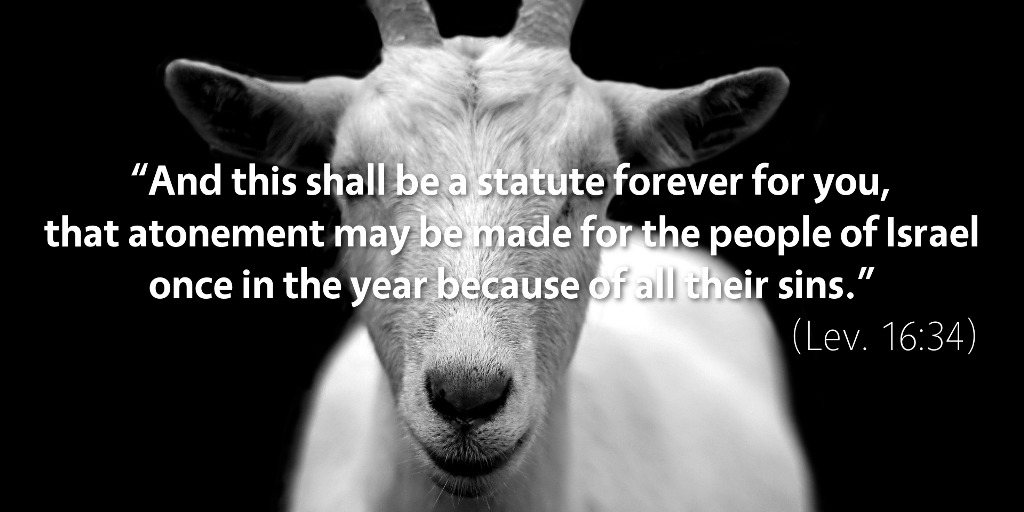Bible Readings for April 12th
Leviticus 16 | Psalm 19 | Proverbs 30 | 1 Timothy 1
After a lengthy discussion about cleanness in Israel over the last several chapters, the focus in Leviticus 16 returns to priestly ministry—in fact, to the highest ministry entrusted to the priests: the Day of Atonement. On this day, once every year, the high priest (originally Aaron) would cleanse the tabernacle and the people of Israel from the defilements of Israel’s uncleannesses and sins (Lev. 16:16–19).
To begin, the high priest bathed in water and then dressed in only a coat, an undergarment, a sash, and a turban—all of linen (Lev. 16:4). These were not the normal high priestly garments as described in Exodus 28, which would have been beautiful and colorful, so that he looked like a king. Rather, as Gordon Wenham observes, “On the day of atonement he looked more like a slave.”1
Before he could seek atonement for the nation of Israel, the high priest first had to atone for his own sins, offering a bull for a sin offering and a ram for a burnt offering (Lev. 16:3, 6), sprinkling the blood of that bull in front of the mercy seat inside the veil (Lev. 16:14).
To atone for the sins of the people, the high priest would then take two goats from the congregation of the people and cast lots, and one goat would be offered “for the LORD” as a sin offering, but the other goat would be sent away into the wilderness “to Azazel” (Lev. 16:7–10)—that is, as a scapegoat.2 The high priest slaughtered the first goat as a sin offering and then took its blood back inside the veil, sprinkling it over the mercy seat and in front of it, making atonement for the Holy Place to purify it from the uncleanness of Israel (Lev. 16:16–19).
After cleansing the tabernacle with the blood of the goat sin offering, Aaron would then lay his hands on the scapegoat, confessing over it the sins of Israel. When he was done, another man would lead the goat out into the wilderness, so that the goat carried away with it the sins of Israel.
In this way, on the Day of Atonement, the high priest would make atonement for both the tabernacle and the people of Israel so that Yahweh could continue to dwell in the midst of Israel.
And for passages like this, it isn’t hard to see the connection to the ministry of Jesus in the New Testament. Jesus was stripped of his royal garments to be executed like a slave (Luke 23:11, 34), was led outside Jerusalem to carry upon himself the sins of Israel like the scapegoat (Heb. 13:12), shed his blood as the perfect sin offering for his people (Heb. 10:11–14), and thereby opened the way to the Holy Place inside the veil to his people (Matt. 27:51; Heb. 10:19–20).
1 Gordon J. Wenham, The Book of Leviticus, NICOT (Grand Rapids, MI: Eerdmans, 1979), 230.
2 The term Azazel is never explicitly defined in the Bible, and it occurs only in this chapter, but it likely means something like “the goat has gone away.” The meaning of scapegoat (a term introduced by Tyndale for his English translation of the Bible in the sixteenth century) means “one who takes the blame for others.” See Allen P. Ross, Holiness to the LORD: A Guide to the Exposition of the Book of Leviticus (Grand Rapids, MI: Baker, 2002), 318–19.
Podcast: Play in new window | Download (5.0MB) | Embed
Subscribe: Apple Podcasts | RSS | More

Scripture quotations are from The Holy Bible, English Standard Version copyright © 2001 by Crossway Bibles, a division of Good News Publishers. Used by permission. All rights reserved.


